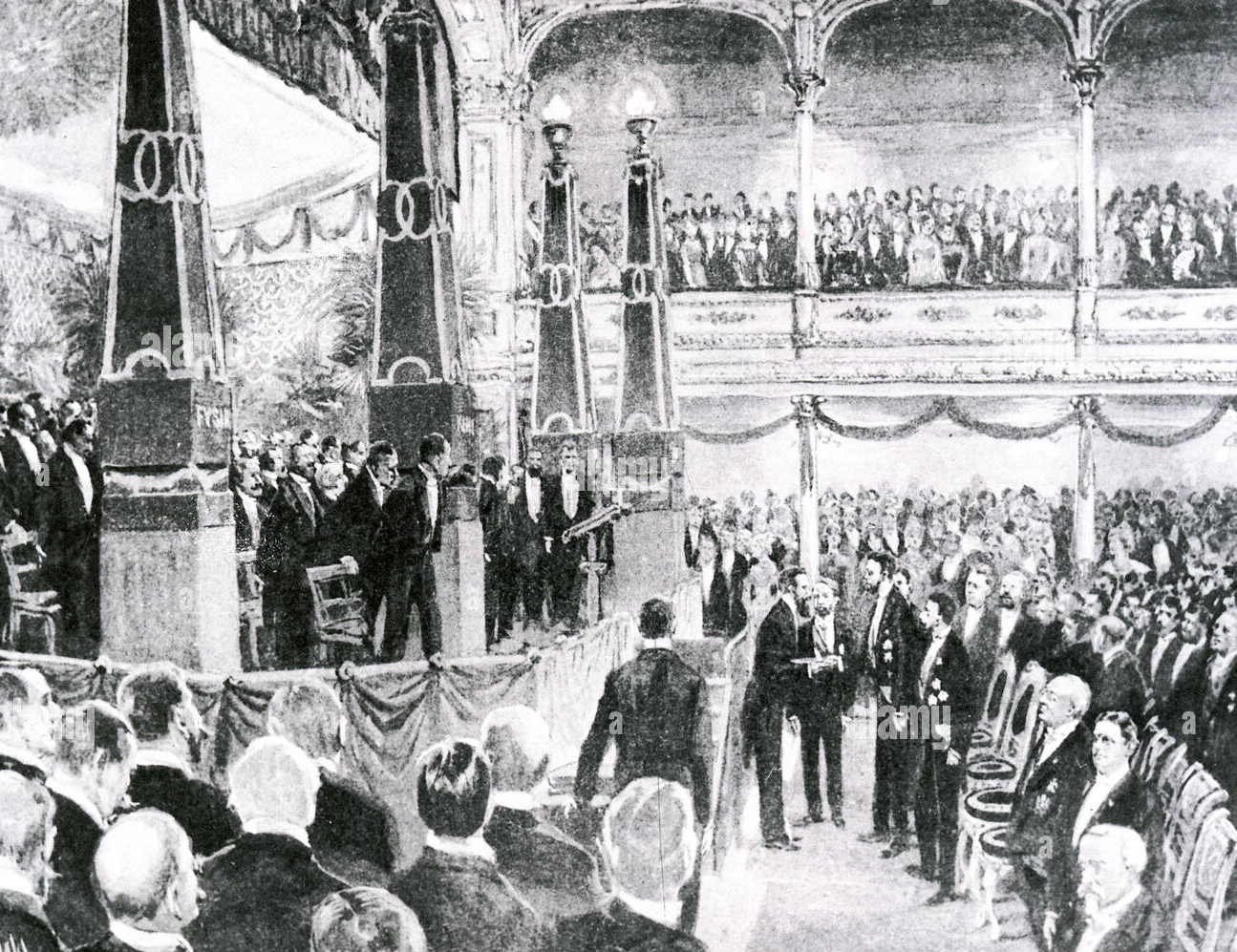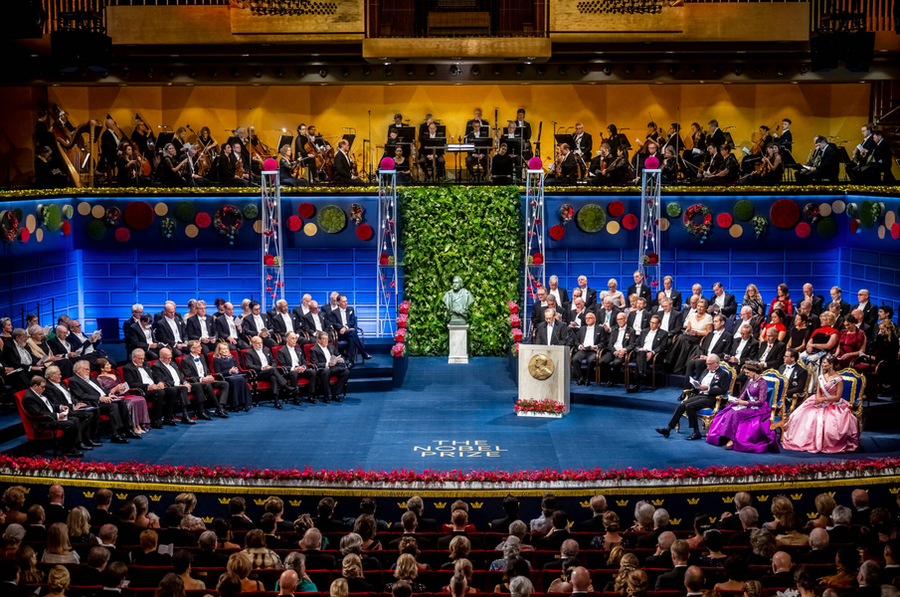
Welcome to our website! Through our investigation we delve into the realm of the Nobel Prize—a symbol of unparalleled prestige in the world of scientific achievement. Since its inception, the Nobel Prize has remained the pinnacle of recognition, fueling the aspirations and dreams of countless scientists across the globe. But how easy is it for someone to win this coveted prize? Is it merely a matter of luck, or does it require an extraordinary combination of talent, dedication, and groundbreaking discoveries? Is the path to Nobel Prize recognition hindered by systemic biases and barriers that perpetuate inequality in the scientific community? Let's find through our data visualization dashboards!
The inaugural Nobel Prize award ceremony took place on December 10, 1901, in Stockholm, Sweden, marking a significant moment in the history of scientific recognition and achievement. The ceremony was held at the Royal Swedish Academy of Sciences, where the laureates were honored for their remarkable contributions in physics, chemistry, medicine, literature, and peace. King Oscar II of Sweden presented the first Nobel Prizes to the recipients, highlighting their exceptional discoveries and remarkable achievements. This grand occasion established a tradition that continues to celebrate outstanding individuals who have made profound and lasting contributions to their respective fields, leaving a lasting impact on humanity.

The recent Nobel Prize award ceremonies continue to be a global celebration of intellectual brilliance, scientific breakthroughs, and humanitarian efforts. They recognize exceptional individuals who have made significant contributions to various fields, inspiring young minds, promoting collaboration, and sparking conversations on pressing global challenges.
While the Nobel Prize carries great prestige, we cannot overlook that it developed certain biases. Historically, laureates from Western countries, particularly the United States and Europe, have dominated the prizes, potentially due to various factors such as historical and cultural influences, scientific infrastructure, funding availability, and language barriers. Additionally, the Nobel Prize tends to be awarded to individuals who have made significant contributions at a relatively older age, possibly because of the requirement that the recipients must be living at the time of the award. Furthermore, gender bias is evident in the underrepresentation of women as laureates, reflecting systemic barriers, implicit biases, and the unequal representation of women in scientific disciplines.
While being part of this exclusive club carries great prestige, it is essential to also recognize and celebrate the countless other individuals and researchers who contribute to the advancement of human knowledge and welfare outside the scope of this esteemed recognition.
